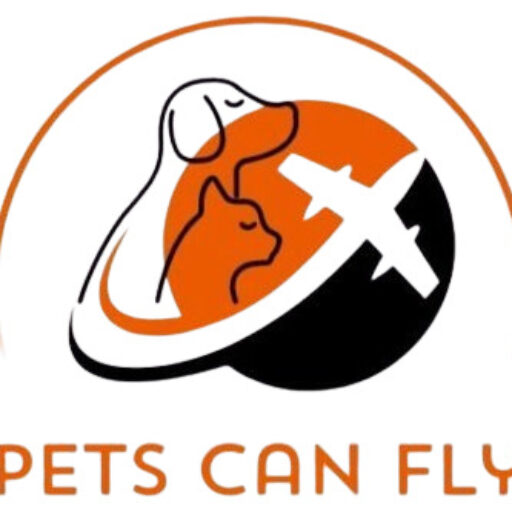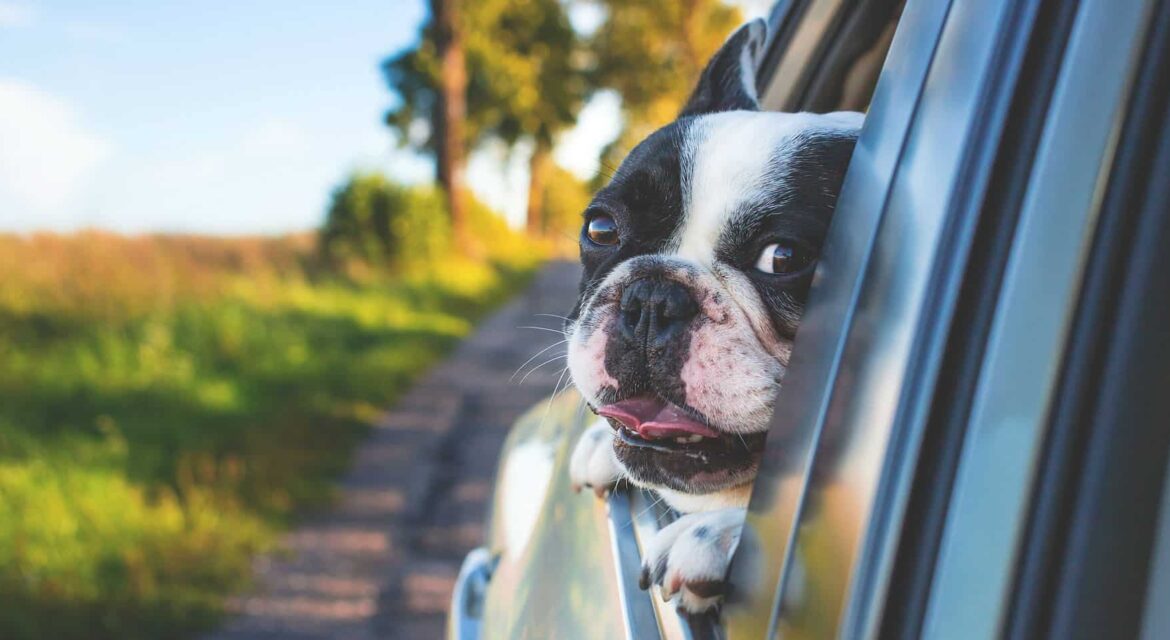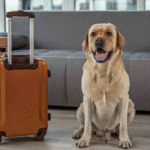Travel promises adventure, but in the case of our dear and non-travelling pets, it can cause puzzlement, terror, and paws that gleefully start to shake. Travelling, whether across the line of the city or across continents, can mess up even the most fearless furred friend. Being a good pet parent, it is not only a friendly move to calm down your pet; it is absolutely vital for a safe and comfortable trip. Whether it is crate training or calming sprays, every little consideration of yours can help make travelling not a source of fear or even panic, but a relaxing journey. Here, the best pet relocation service in India gives you your entire wisdom-based, straightforward, and soft-natured guide to help your beloved companion have a serene and pleasant journey, despite how far the distance may be.
Dos and Don’ts to Lessen Travel Anxiety in Pets
Still wondering how to reduce pet anxiety during travel? Worry not, given below are some of the very useful and easy ways to help reduce travel anxiety in your furry friends to make their journey calm and memorable.
1. Begin with Gentle Travel Training
It can be a long way towards your pet being comfortable with travelling before you get in the car or book the flight. Bring them out gradually and slowly desensitise them. As you sit in the car or carrier with treats in it, allow your pet to explore the car/carrier when it is not moving. Afterwards, have short drives near your neighbourhood with soft music in the background. Slowly make these trips longer and make sure you keep every outing accompanied by praise and rewards. This positive, gradual development makes pets enjoy travel and not fear it. Never bulldoze them into it. Trust takes time to grow, but your firm consistency can help build confidence in them on the road.
2. Make a Comfortable, Homey Place
Pets need familiar smells and touch in order to be sure. Turn their crate or carrier into a small home of comfort before the trip. Fill it with their favourite blanket, something of your tattered clothes, or a much-loved toy. Make it a place where they can sleep in peace at home and not in jail. This makes this comfy room a security blanket on travel day, protecting them against odd odours and sounds.
3. Burn the Excess Energy
An exhausted animal is usually a relaxed animal. Before you leave, take your dog on a long walk or a rough play before you start. In case of the cats, speculate with them in a good game of chase with their favourite feather toy. This is a pre-travel activity that burns any stressful energy and reduces the anxiety level in the body automatically. It also helps them to sleep on the way. Do not fill their body with food before travelling. Light food, a lot of fresh water, and kitchen breaks will minimise the occurrence of car sickness. An empty stomach and physical activity help your ride to be smoother and more peaceful for both of you.
4. Take Calming Aids and Scents
Nature has soft instruments to quiet a troubled heart. Calming pheromone sprays, including Adaptil in dogs or Feliway in cats, duplicate a signal they recognise as calming. Spray the bedding or the carrier lightly with water when travelling. Lavender scents may work on some pets; however, it is important to consult your vet just to be sure that it is not harmful to your pet. You might consider natural, efficacious treats or producer-recommended supplements that may relax the travel jitters as well. The most effective way of using these aids is in addition to other calming techniques, not instead of your care, but as an act of love to increase peace of mind for your pet.
5. Check Out the Terrifying Sounds
The sound of unfamiliar engines or the honking of car horns, or aircraft engines is enough to frighten even the most laid-back pet. Cover these shocks with something relaxing. A lot of pets de-stress to soft classical music or white noise. Dog and cat-friendly playlists are a good idea that will calm their heart rate and quiet their anxiety. Wrap up the carriers in a light, breathable material to diffuse bright lights and vision disorderliness. A dim, silent area can magic up a nervous traveller and make him feel safe. It is a lullaby on wheels or wings, as soothing sounds cover your pet in a soft, comfortable hush, when the world is roaring outside.
6. Hold Them in The Right Way
Safety and comfort should go hand in hand. Do not allow your pet to go free in a moving car; it is not only dangerous to the pet but for you as well. Place small pets in a sturdy, safe and well-ventilated carrier; place dogs in a crash-tested seatbelt harness. Use seatbelts to make the carrier secure so that it will not slide or fall. Make sure that your carrier is airline standard; there have to be spaces so your pet can turn around and lie down. A pet that has a secure place is quite stable and feels secure, and you feel at peace knowing they will not be able to run away or be injured. Safety turns into a calming balm for the nervous paws.
7. Remain Calm and Comfort Them
Your pet reflects your mood, and when you are tense, they will feel it. Thus, take deep breaths, talk with a low, controlled voice, and do not make quick movements. Give soft pets and silent applause on the journey. Minimise the changes in the way things are done, bring along some favourite foods, follow a normal feeding schedule and stay with the usual walking or getting out schedule. In case you are flying, you may inquire of the airline personnel about the progress to make sure your pet is alright. This calm energy that you give your pet will make them feel grounded, regardless of how unfamiliar the environment is. The most effective thing that keeps their fear at a distance is your confidence.
8. Talk To Your Vet
In case your pet is overly anxious regardless of all measures, contact your vet as early as possible prior to the date of travel. They can prescribe mild anti-anxiety medicine or other secure herbal supplements. Do not administer any human sedatives unless under direct veterinary instruction; some can harm your pet, and others will increase the stress on your pet. Your vet can also recommend a health check-up so that your pet is ready to do the journey, particularly in case it is long-distance or international. Direct communication with your veterinarian transforms concern into an action plan. Sometimes, the best helping hand is the professional help to bring the awful journey down the road of modified adventure to your beloved friend.
Why Pets Can Fly Should be Your Go-To Choice?
If you need professional help for pet relocation service in India, and you don’t know whom to go to, then you’re just at the right place. Here are some of the reasons why you should choose pets can fly as your ultimate partner for pet relocation.
1. Customised Flight Planning
Pets Can Fly provides professional assistance in the selection of pet-friendly flights and airlines, so that the pets can travel under the best conditions – in the cabin or the cargo compartment.
2. Stress-Minimising Handling
Each of the steps, including pickup, boarding, and drop-off, is handled by trained handlers, which decreases the number of unfamiliar interactions/or delays.
3. Health-Focused Support
They offer a pre-flight checklist and live health monitoring, approved by vets, to cope with anxiety or motion sickness.
4. Transparent Communication
Live tracking and photos keep owners in the know, relaxing the pet and owner as they move to new destinations.
5. Regulatory Expertise
Pets Can Fly provides direction through UK and worldwide pet-travel regulations and makes sure that all paperwork is in place, such as Animal Health Certificates.
Conclusion
You should not make travelling stressful for your pet. However, when you prepare with care, as gradual desensitisation, comfort aids, familiar gear, vet support, and a safe travelling environment, it is possible to transform the anxiety into a serene self-belief. When you opt to use a specialist service such as PetsCanFly, you get expertise all through. Making your pet comfortable and safe will not only make travelling bearable but, in fact, even enjoyable to both of you.
FAQs
1. When must I begin to train my pet?
Start practising carrier/ car seat exposure at least 2-4 weeks before the travel. Increase the duration gradually and simulate the travelling conditions favorably to adapt.
2. Do calming supplements help with travelling?
Yes, because supplements prescribed by a vet, such as Adaptil (in dogs) or Zylkene, may relieve stress greatly, as long as they are administered in time. Try them before the day of travel, always.
3. Should pets be brought inside the cabin or as cargo?
Smaller cats and dogs will be okay with anxiety in-cabin close to a handler. Even when professionally managed, cargo travel is much more stressful. PetsCanFly can assist in deciding on the most appropriate way.
4. What do I need to carry along to comfort my pet during the trip?
Take their favourite toy or blanket, a calm spray, water, a foldable bowl, absorbent pads and a few treats or puzzle toys to prompt positive, calmed-down behaviour.





